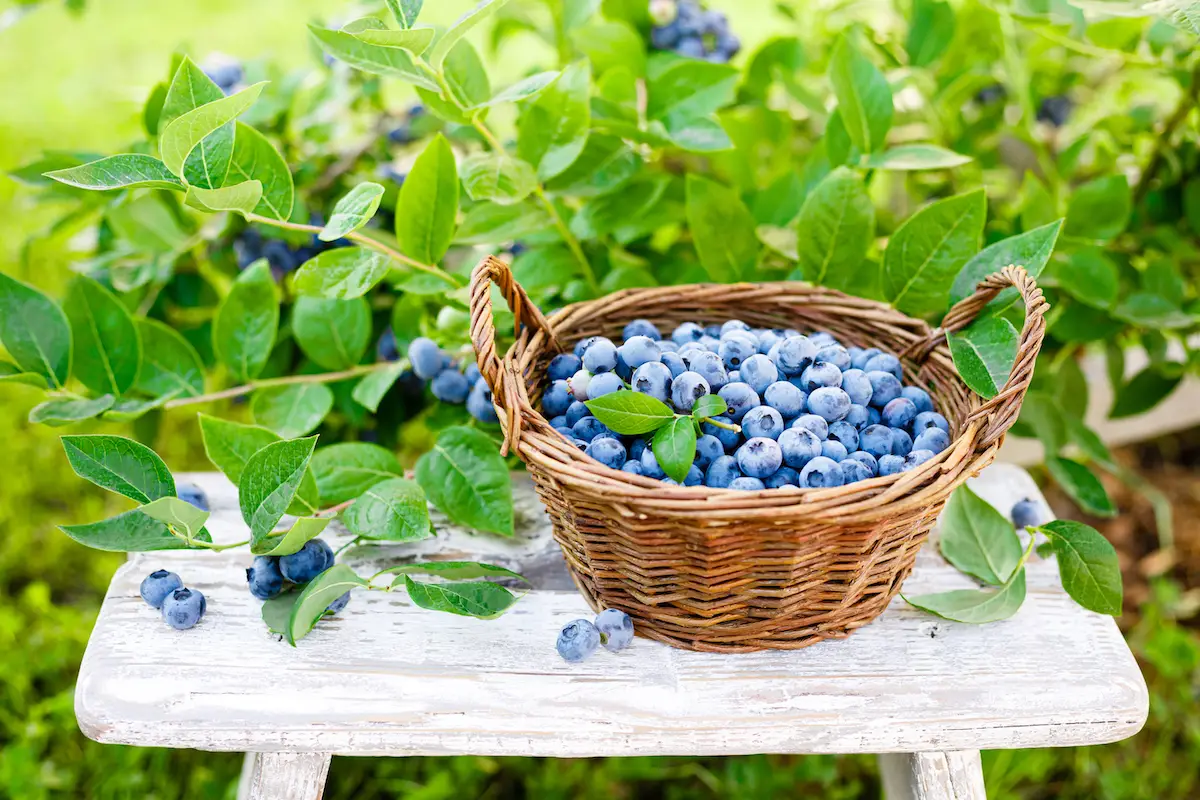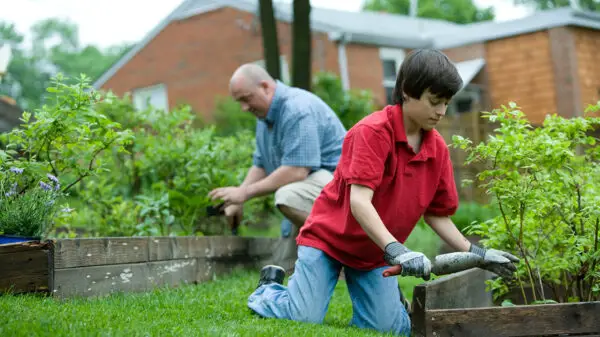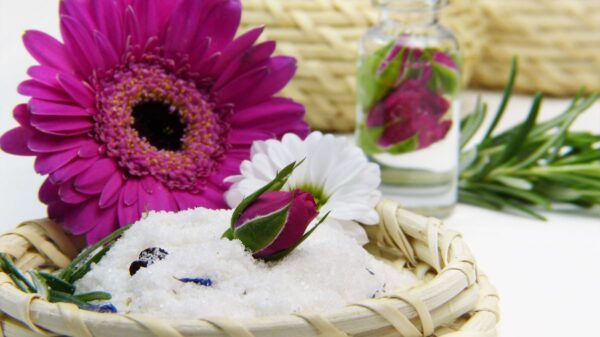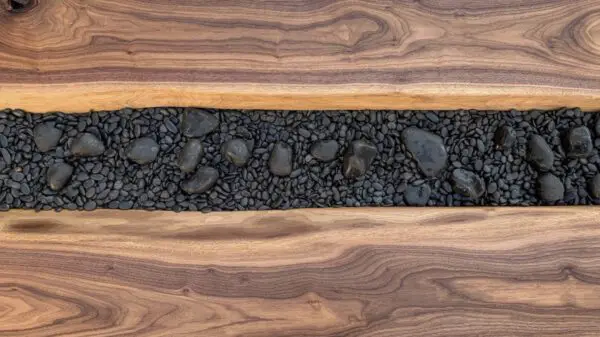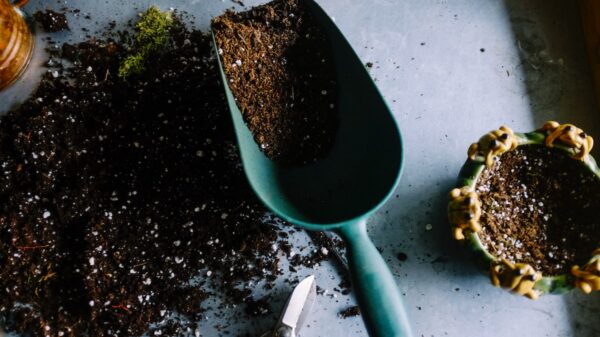The Best Place to Plant Blueberry Bushes
If you are a gardener, you know that blueberries are a beautiful addition to any garden. They can also provide an easy snack and activity if you have children. If you have never planted a blueberry bush before, you may have questions about where to start. One of the most common questions is where is the best place to plant blueberry bushes?
The best place to plant blueberry bushes is a spacious spot that has acidic soil and will receive plenty of sunlight. As blueberries will need a location that receives up to 6 hours of sunlight daily. Also, it’s recommended to plant it where there have been plants before so it has proper drainage.
However, before you get to gardening, there are many other factors to look at. So in this blog, we will discuss the best place to plant a blueberry bush, when to plant it, how to care for them, and when to harvest it. Keep reading for our tips and tricks to make your next blueberry harvest plenty and bountiful!

Location
Blueberry bushes require a lot of sunlight, so if you want a blueberry bush that produces fruit, you will need to find a location that receives up to 6 hours of sunlight daily. Once you find a location with ample sunlight, start taking soil samples. Blueberries do not grow well in soil that is neutral or alkaline. Blueberries will grow best in soil that is acidic, so if your soil is neutral or alkaline it is recommended that you add sulfur.
Now that we have found a location will enough sunlight and acidic soil, make sure your blueberry bush will have enough space as it matures. Blueberry bushes are known to grow quite large, so make sure your bush will not be encroaching space on your other crops. We recommend choosing a spot in which you have already previously grown something, as this can aid in the drainage and virility of your crop. Next, you will need to dig a hole two times the size of the root ball in depth and width. After your hole is dug, place the bush in the hole and begin to fill with soil, tamping down the soil as you go. Water once you are finished covering the root base with soil. If you struggle with weeds in your garden, you may want to add mulch to deter weeds.
Climate
Many factors go into growing blueberry bushes. One of those factors is climate. While you can still grow blueberries in just about any environment, their season will vary heavily based on the amount of sunlight, rainfall, and temperatures they are exposed to. Typically, blueberry bushes will see their best results in a mild climate. They do particularly well in places with cool summers and mild winters. Commercially, we can enjoy blueberries year-round, but those that grow them can only harvest in late summer. The ideal temperature for blueberries would be around 30-50 degrees Fahrenheit, although they can withstand warmer weather as long as they are being watered regularly.
In terms of cooler weather, they will need over 150 days of frost-free weather if you still want your bush to produce fruit. Additionally, they will require about 40 inches of irrigation or rain per year, alongside well-drained soil so their roots do not get flooded. The region of the United States that will easily yield fruit-producing blueberry bushes is the Northeast. States like Maine, New Hampshire, and Michigan meet the above conditions, however, they would also grow well in Oregon and Washington State. Even if you do not live in those areas, blueberry bushes can still thrive if you take good care of them.
Timing
As all expert gardeners know, timing is everything, especially with blueberry bushes. Because blueberry bushes see their best results in cooler, mild climates, it is best to plant them in early spring. Wait until the soil has defrosted but new life has not started to grow yet. This will give your blueberry bush’s roots time to mature before warmer weather comes. These results can also be attained if planted in early fall, but beware if your region experiences harsh winters. As previously stated, blueberry bushes will require 150 frost-free days. It is recommended to avoid planting in summer, as they will not be fruitful in hot weather. Be sure that your blueberry bush is receiving enough water and that the soil is well drained.
Watering Tips
Like all plants, blueberry bushes need water to survive, but they require a different method of watering in order to produce fruit that tastes delicious. If you have planted your blueberry bush in a pot, make sure the pot has drainage holes. Water until water drips out the bottom of the pot. To avoid overwatering a potted blueberry bush, we recommend sticking to once-a-week watering. Any more than that could cause root rot. As previously mentioned, blueberry bushes prefer acidic water, so if your tap water is alkaline you can use rainwater instead.
More commonly, blueberry bushes are planted directly in the ground in a garden. If that is the case, your watering schedule will be different from a potted bush. Before watering, ensure your drainage system in the garden works well as blueberry bushes require well-drained soil. Next, be sure to check if the soil is already damp. If so, wait to water until the soil has dried more. If your soil is dry and it is time to water, avoid watering the leaves of the bush and instead water the base. This will ensure that the water goes to where it is needed the most: the roots. Additionally, water first thing in the morning or before the heat of the day is at its hottest. This will allow the leaves to dry by nightfall and the water to have time to soak the roots and the soil to drain.
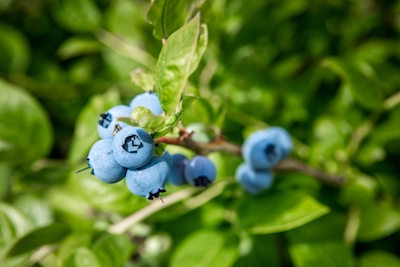
Weed Control
All gardeners can agree that weeds in your garden are an ugly sight, especially if you are growing a more delicate crop such as a blueberry bush. Thankfully, there are quite a few methods to help deter weeds in your garden. One of the easiest ways to do this is by mulching around the base of your blueberry bush. Mulching prevents weeds from germinating, which prevents them from growing at all. Mulch made out of organic materials is usually best, such as wood chips or straw.
Another solution to weeds is a weed barrier fabric around the bash of your blueberry bush. With the barrier fabric, weeds will not be able to grow through it, making it an ideal form of weed control.
There are also herbicides made specifically for blueberry bushes, such as Devrinol XT. However, this herbicide is only effective if used before weed germination begins. It is also perfectly safe for fruit-bearing bushes. Apply it to clean surface soil for best results.
If those methods do not work for you, you can always try good old-fashioned weed pulling. It is recommended that you pull weeds as soon as you see them prevent further infestation. You will be getting down into the dirt to pull the weeds to ensure the roots come out, you’ll need to clean up after you’re finished so they don’t make a reappearance!
Fertilization and Varieties
Since blueberries prefer acidic soil, it is best to use an acidic fertilizer to help yield a larger crop. There are plenty of great options to choose from.
There are a couple of different varieties of blueberry bushes. The most common is a Highbush. Highbush is known for being a hardier variety and can grow up to six feet tall. Lowbush varieties are best for colder climates. This variety is what most supermarkets will sell canned. They do not grow high like Highbush but instead grow in rockier terrain like vines. Lastly, Half-High variety. Breeders created this variety to be a hybrid of Highbush and Lowbush. They grow approximately 18-25 inches tall.
Harvesting
You will be able to tell your blueberries are ready for harvesting when they are a dark, deep blue color, plump, and they come off of the bush with ease. Keep a watchful eye on your bush as blueberries are a favorite snack of birds. As soon as you notice your blueberries are ripe, get to harvesting.
The best way to get your blueberries off the bush is to very gently twist the blueberry until it comes off of the stem. Be careful, however, as crushing the blueberries will significantly shorten their shelf life. Once you have harvested all the berries visible to the eye, give the bush a shake to see if there are any left. If not, then you have successfully harvested your blueberry bush! We recommend storing your blueberries in a cool, dark location until you are ready to eat or cook with them.
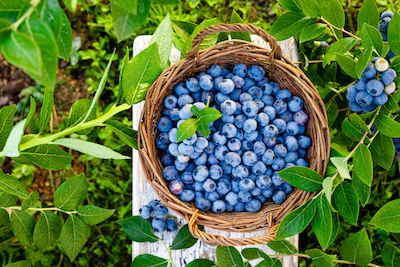
Conclusion
We hope you found our tips for growing blueberry bushes helpful! We have determined that growing a blueberry bush in a location with plenty of sunlight, space, acidic soil, and well-drained soil will help you have a bountiful blueberry harvest, as well as how to keep your bush free of weeds and safe from overwatering. Have any questions or comments? Let us know in the comments!


